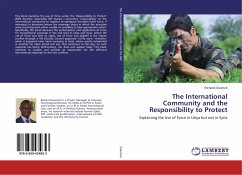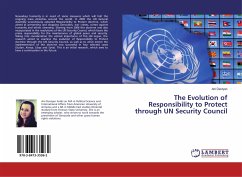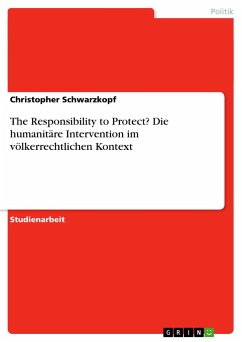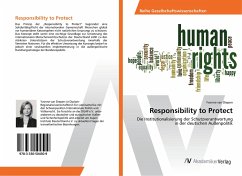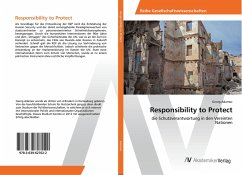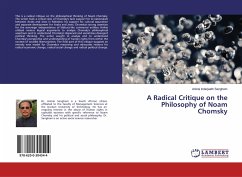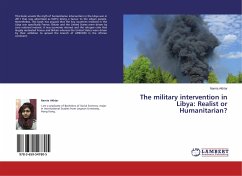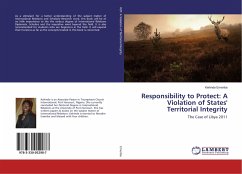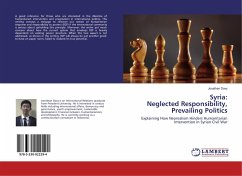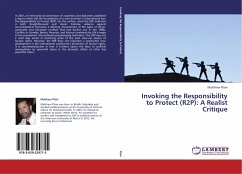
Invoking the Responsibility to Protect (R2P): A Realist Critique
Versandkostenfrei!
Versandfertig in 6-10 Tagen
39,99 €
inkl. MwSt.

PAYBACK Punkte
20 °P sammeln!
In 2001, an international commission of academics and diplomats published a report which laid the foundations of a new doctrine in international law: The Responsibility to Protect (R2P). On the surface, what the R2P enshrines is both straightforward and moral. Extreme violence against noncombatants had been a defining characteristic of the types of ethno-nationalist and intrastate conflicts that had broken out in the 1990s. Conflicts in Somalia, Bosnia, Rwanda, and Kosovo tarnished the UN s image as the preeminent international peacekeeping institution. The R2P lays out a road map aimed at sta...
In 2001, an international commission of academics and diplomats published a report which laid the foundations of a new doctrine in international law: The Responsibility to Protect (R2P). On the surface, what the R2P enshrines is both straightforward and moral. Extreme violence against noncombatants had been a defining characteristic of the types of ethno-nationalist and intrastate conflicts that had broken out in the 1990s. Conflicts in Somalia, Bosnia, Rwanda, and Kosovo tarnished the UN s image as the preeminent international peacekeeping institution. The R2P lays out a road map aimed at stanching some of the most clear-cut abuses of human rights. However, the R2P does not represent a productive new development in the international community s protection of human rights. It is counterproductive in that it furthers opens the door to political manipulation by powerful states in the domestic affairs of other less powerful states.



